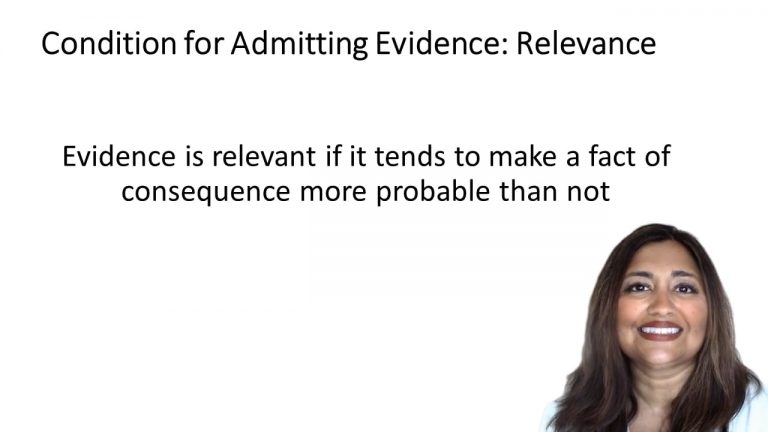SmartBrief
Confirm favorite deletion?
Criminal Law Keyed to Capers
Payne v. Tennessee
Citation:
501 U.S. 808 (1991)Facts
Payne passed the morning and early afternoon injecting cocaine and drinking beer. Later, he drove around the town with a friend in the friend’s car, each of them taking turns reading a pornographic magazine. Sometime around 3 p.m., Payne returned to the apartment complex, entered the Christophers’ apartment, and began making sexual advances towards Charisse. Charisse resisted and Payne became violent. When the first police officer arrived at the scene, he immediately encountered Payne, who was leaving the apartment building. Charisse’s body was found on the kitchen floor on her back, her legs fully extended. She had sustained 42 direct knife wounds and 42 defensive wounds on her arms and hands. The wounds were caused by 41 separate thrusts of a butcher knife. Lacie’s body was on the kitchen floor near her mother. She had suffered stab wounds to the chest, abdomen, back, and head. The murder weapon, a butcher knife, was found at her feet.
Only StudyBuddy Pro offers the complete Case Brief Anatomy*
Access the most important case brief elements for optimal case understanding.
*Case Brief Anatomy includes: Brief Prologue, Complete Case Brief, Brief Epilogue
- The Brief Prologue provides necessary case brief introductory information and includes:
Topic:
Identifies the topic of law and where this case fits within your course outline.Parties:
Identifies the cast of characters involved in the case.Procedural Posture & History:
Shares the case history with how lower courts have ruled on the matter.Case Key Terms, Acts, Doctrines, etc.:
A case specific Legal Term Dictionary.Case Doctrines, Acts, Statutes, Amendments and Treatises:
Identifies and Defines Legal Authority used in this case.
- The Case Brief is the complete case summarized and authored in the traditional Law School I.R.A.C. format. The Pro case brief includes:
Brief Facts:
A Synopsis of the Facts of the case.Rule of Law:
Identifies the Legal Principle the Court used in deciding the case.Facts:
What are the factual circumstances that gave rise to the civil or criminal case? What is the relationship of the Parties that are involved in the case.Issue(s):
Lists the Questions of Law that are raised by the Facts of the case.Holding:
Shares the Court's answer to the legal questions raised in the issue.Concurring / Dissenting Opinions:
Includes valuable concurring or dissenting opinions and their key points.Reasoning and Analysis:
Identifies the chain of argument(s) which led the judges to rule as they did.
- The Brief Prologue closes the case brief with important forward-looking discussion and includes:
Policy:
Identifies the Policy if any that has been established by the case.Court Direction:
Shares where the Court went from here for this case.
Topic Resources
Topic Refresher Course

 11m 31s
11m 31s